What are Przewalski's horses?
Przewalski's horses are considered the last truly wild horse left on the planet as other species like the American Mustang are descended from domesticated animals. The species were once common across the vast steppes of Central Asia.
By the time they were discovered by Russian geographer Nikolai Przewalski in 1879, their habitat had been reduced to a small area of western Mongolia. Competition from livestock, human activity and changes to their environment had all but wiped them out.
After the Second World War, their numbers were so low it became clear they could become extinct in the wild.
By the time they were discovered by Russian geographer Nikolai Przewalski in 1879, their habitat had been reduced to a small area of western Mongolia. Competition from livestock, human activity and changes to their environment had all but wiped them out.
After the Second World War, their numbers were so low it became clear they could become extinct in the wild.
In 1959, a conference took place to work out ways of saving the species. Prague Zoo was entrusted with the ‘international studship’ of these animals. By the end of the 1960s, they had completely disappeared from the wild but their numbers in human care were starting to grow.
It is the descendants of these Przewalski's horses that are now being reintroduced into the wild in Kazakhstan.
It is the descendants of these Przewalski's horses that are now being reintroduced into the wild in Kazakhstan.
Rare wild horses back on Kazakhstan’s Golden Steppe after being saved from extinction
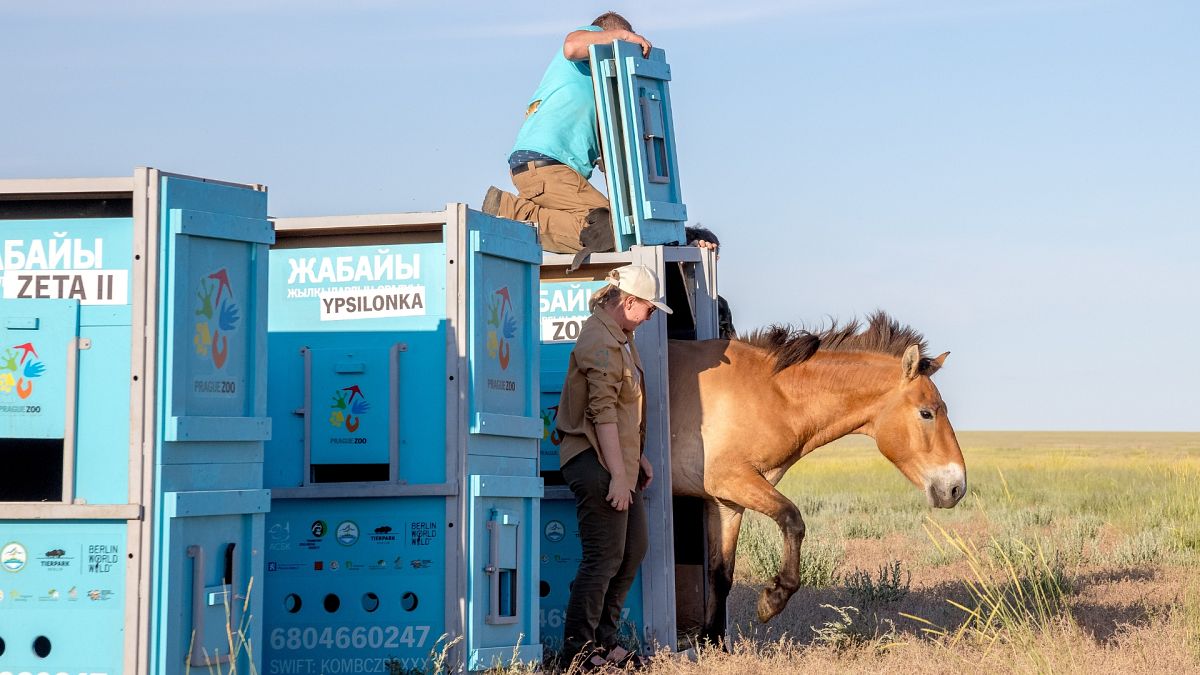
Copyright Miroslav Bobek/Prague Zoo
By Rosie Frost
Published on
These endangered Przewalski's horses are part of an effort to return the species to the Central Asian plains they once roamed.
For the first time in at least 200 years, wild Przewalski's horses have returned to Kazakhstan’s Golden Steppe.
These are the last truly wild horses left on Earth whose habitats were wiped out by farming and other human activity.
Now, Prague Zoo has restored them to their original home in the plains of Central Asia.
These are the last truly wild horses left on Earth whose habitats were wiped out by farming and other human activity.
Now, Prague Zoo has restored them to their original home in the plains of Central Asia.
What happened to Central Asia's Przewalski's horses?
In early June, a Czech Army CASA aircraft landed in central Kazakhstan with four of these endangered animals on board. Tessa, Wespe, Umbra and Sary took an 18 hour flight from Berlin and a seven-hour truck ride to reach their new home.
An earlier flight brought a stallion, Zorro, and two mares, Zeta II and Ypsilonka, bringing the total number to seven. . .
The first Przewalski’s in central Kazakhstan in hundreds of years
Prague Zoo has been working for the last 15 years to reintroduce the species back into central Asia.
“This is an event of historical import: the seven ‘Przewalski’s’ that we transported here by two CASA planes represent the first individuals of this species in central Kazakhstan in hundreds of years,” Prague Zoo director Miroslav Bobek said in a statement.
“This is an event of historical import: the seven ‘Przewalski’s’ that we transported here by two CASA planes represent the first individuals of this species in central Kazakhstan in hundreds of years,” Prague Zoo director Miroslav Bobek said in a statement.
“With this double transport, we have taken a major step towards returning the last wild horse to another area where it was found in the past.”
Bobek added that the ultimate goal was to slowly transport at least 40 horses to this area to create a viable population. It is preparing another transport to Kazakhstan next spring.
The zoo will also be sending some Przewalski’s to Mongolia in 2026 where a reintroduction programme has seen their population boom to well over 850 animals.
The zoo will also be sending some Przewalski’s to Mongolia in 2026 where a reintroduction programme has seen their population boom to well over 850 animals.

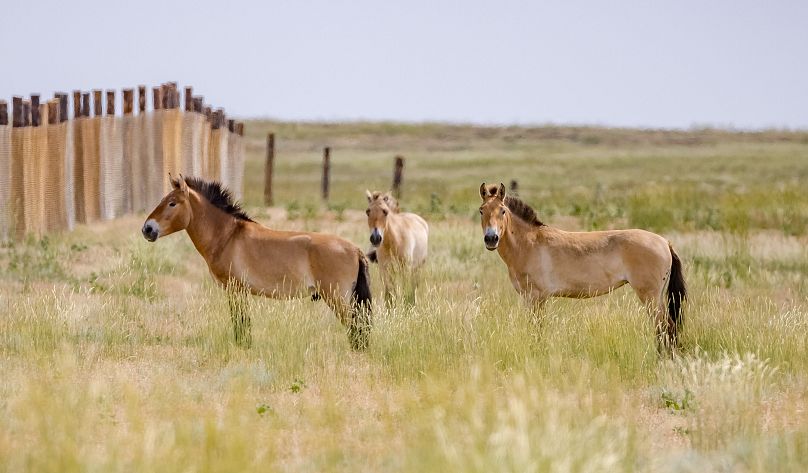
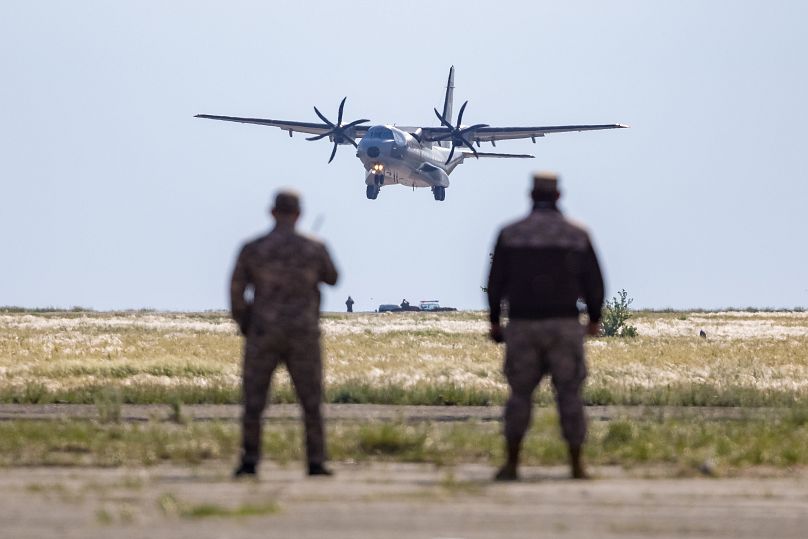
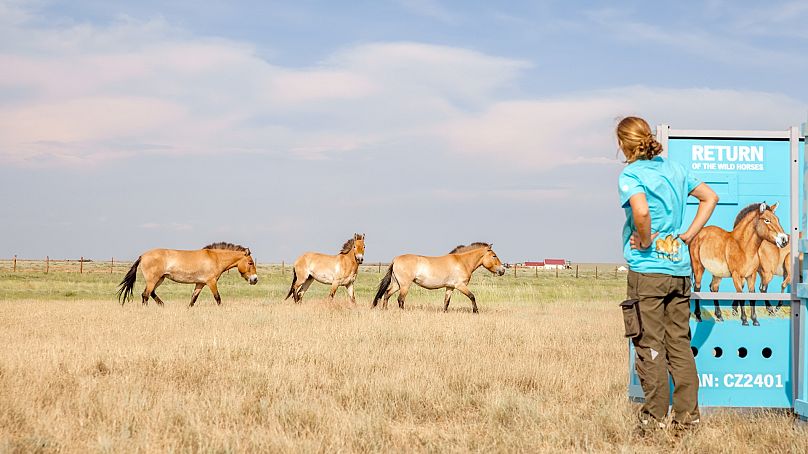
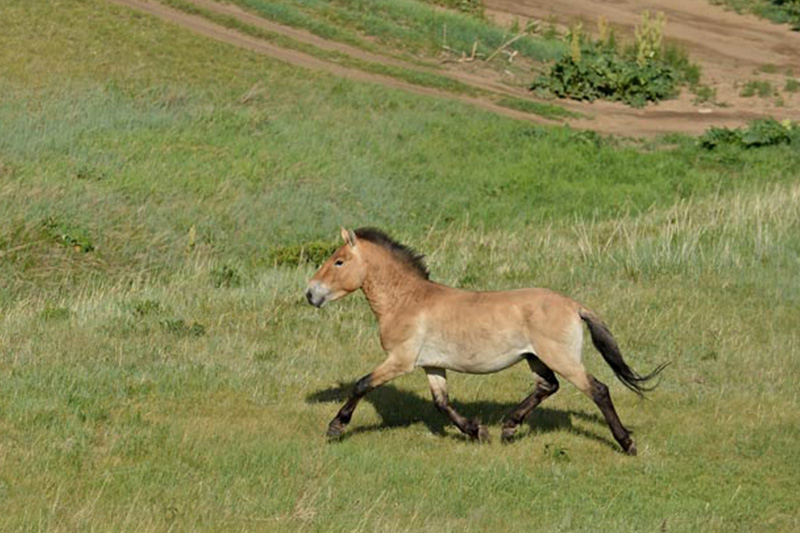




No comments:
Post a Comment